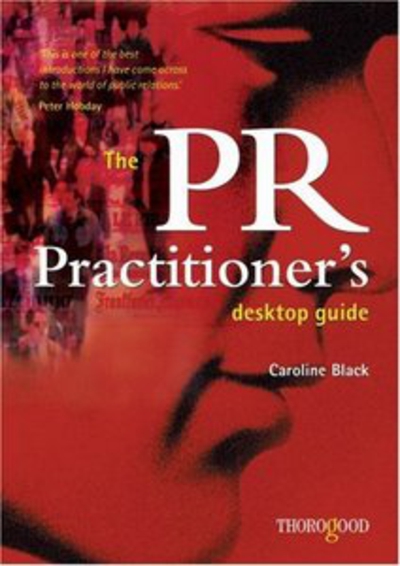Most PR authorities agree that for practitioners to be well equipped to carry out their duties in the future, they will need to develop a keen understanding how to effectively manage online PR. The myriad of do’s and don’ts when it comes to online PR can be tough to navigate successfully but if practitioners have a sound understanding of the task at hand then they will be well placed to bring much success to an organization on the PR front.

The good news is the adaptation of PR practitioners to being well equipped for online is mostly in their own hands. It is vital that PR practitioners should assess how their work is changing. A great example is the use of the fax; once a preferred method for much communication but today it is rarely used at all. If it is used, it is via a PC and essentially becomes another form of e-mail. In this technologically advanced era, there is nothing in PR (and perhaps in anything) that you cannot learn. Everything is within the click of a button and it will ultimately come down to the practitioners’ dedication and passion for the industry.
There are various attributes that future PR practitioners will likely excel in. Their ability to surf and navigate the web will be crucial, but also their ability to create libraries of reliable online resources as well as interact with online properties their contacts will determine how successful their transition to “the future PR practitioner” will be. The new era of PR will also ‘weed out’ practitioners who are stuck in their ways and lack creativity.
As the demands of consumers increase, it will largely be the creative, imaginative and least fearful PR people that will enjoy success. Those concerned with using the age-old methods of PR will likely fall by the wayside and find they have no choice but to adapt to these changes.
Society’s move from traditional media to new media has created a networked society which is able to interact with every single person should they so wish. For a PR practitioner to truly become the future practitioner that the PR industry will demand, it is vital that they are able to plug themselves in to any possible conversation stream. The most creative of practitioners will identify this early on and build their knowledge of who is talking where and to whom they are talking to. It sounds a bit like a needle in a haystack scenario and in some situations that’s exactly what it will be. At the end of the day, if PR was easy we would all be out of the job so the only solution is for practitioners to identify the changes early, alter the learning patterns accordingly, and probably repeat the process over and over and over again.
Yasmin Waller writes on behalf of Berkeley Public Relations Ltd

